The engineer in love with flowers. The still lifes of Juan Manuel Grasset
Can a flower tell the story of an era? Yes, if at that time the flower could be worth as much as a house and in each of its petals were condensed lives, values, ideals, aspirations. The tulip, symbol of the Netherlands, before the outbreak of the famous “bubble” of 1637 came to cost as much as a house. But leaving aside any speculation about the velvet of each mottled corolla, at the time owning a rare bulb or an exotic or unusual flower meant not only surrounding oneself with beauty, but elevating one’s status. It was synonymous with success, economically and socially. Like the tulip, so did many other varieties, from an ephemeral anemone to a frayed flesh peony. Every merchant coveted them, every merchant proudly displayed them.
But you know, the flower is a precarious wonder. It needed a way to immortalize it and make it eternal, transcend it before it faded: painting. Along with the love of flowers, the demand for paintings depicting them blossomed. This was the seventeenth century, the golden age of Still Life. A genre that was not limited (and is limited) to technical virtuosity or the display of patrons’ wealth, but exemplified the feeling of transience and fleetingness of human existence, crowning memories of glory, grace, vanitas, and above all memento mori. Four hundred years later, the fleeting aura of a Nigella damask mashed in oil, the flower that with a poetic vein in Northern Europe they call “Love in a mist” or “Sow and forget,” has not yet exhausted its appeal. So much so that a highly educated Spanish civil engineer, Juan Manuel Grasset (1927-2020), focused his collection on that magical century. The season when Dutch and Flemish painting reached heights of “Still Life” never reached again, except in isolated posthumous pearls à la Chardin, Manet, Cézanne, Picasso, Morandi, De Pisis, Thiebaud. Today, seventeen paintings from his extraordinary collection, which has appeared very few times in public, are set to change hands in an auction that for the quality and variety of the compositions can be considered historic.
Handling the sale is Sotheby’s, which includes The Grasset Collection: The Pursuit of Refinement in the Old Master Paintings Evening Sale on December 7, in London. Among the masterpieces up for auction is the Still life of flowers in a glass vase in a stone niche (estimate £1-1.5 million) by Jan Davidszoon De Heem (Utrecht, 1606 - Antwerp, 1683/4), who recently made headlines for that masterpiece of “banquet”(A banquet still life) that was awarded exactly two years ago for £5.8 million also here in London, shores Christie’s. A compendium of field flowers and cut buds, soft and full of color, decoded through the meticulous study of the pictorial material, dosed in every caress of light and every intimate glare. A small painting (34 x 26 cm), but precious and extremely rare, whose chromatic harmonies are expertly chiseled: the dominant tones of the reds and whites of the rose and tulip blooms are rekindled in the berries and currants, primary accents that are simultaneously counterbalanced by the mauves of the thistles and the blues of the forget-me-nots; thus the apricot tones are balanced by those of the orange-winged butterfly, the honey-colored hearts of the pansies, and the violet cadences of the Morning Glories. All crowned by the temperatures of Michaelmas daisies and the affections of a poets’ carnation. A bouquet gathered in a glass vase in which the window of the painter’s studio is reflected. Lyrical and typical device, practically endemic. Here, as well as in Still life of tulips and an apothecary’s rose in a stoneware vase (£400-600,000) by Osias Beert the Elder (Antwerp, 1580 - 1624) - the record on the hammer for the Antwerp painter still dates from 1999 and is 1.2 million - we recognize some of the traits that would become iconic in the genre. Above all, the luminescence of the surfaces and the varied layers of paint that lend notes of pearl or metal to the symphony of seasons.
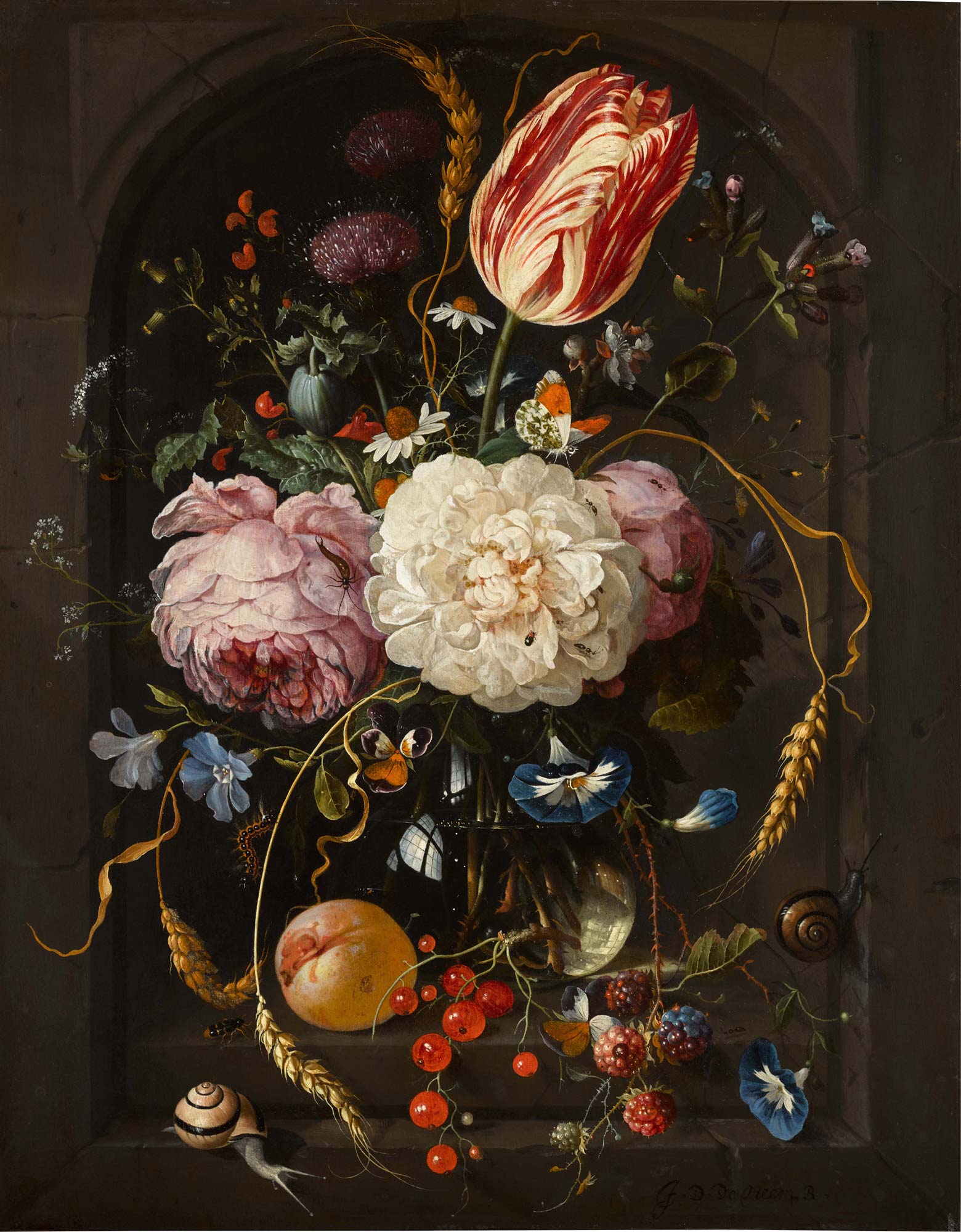
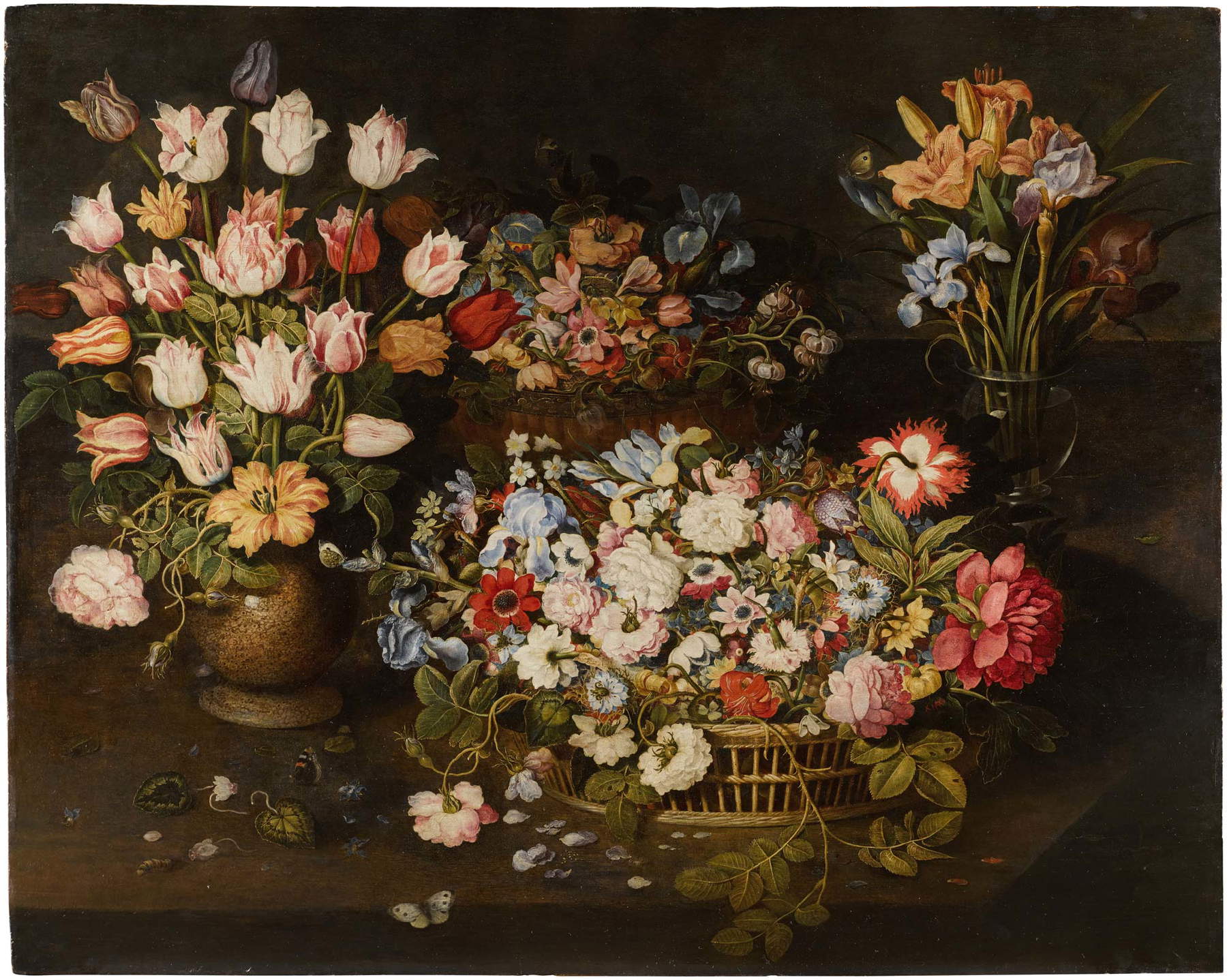
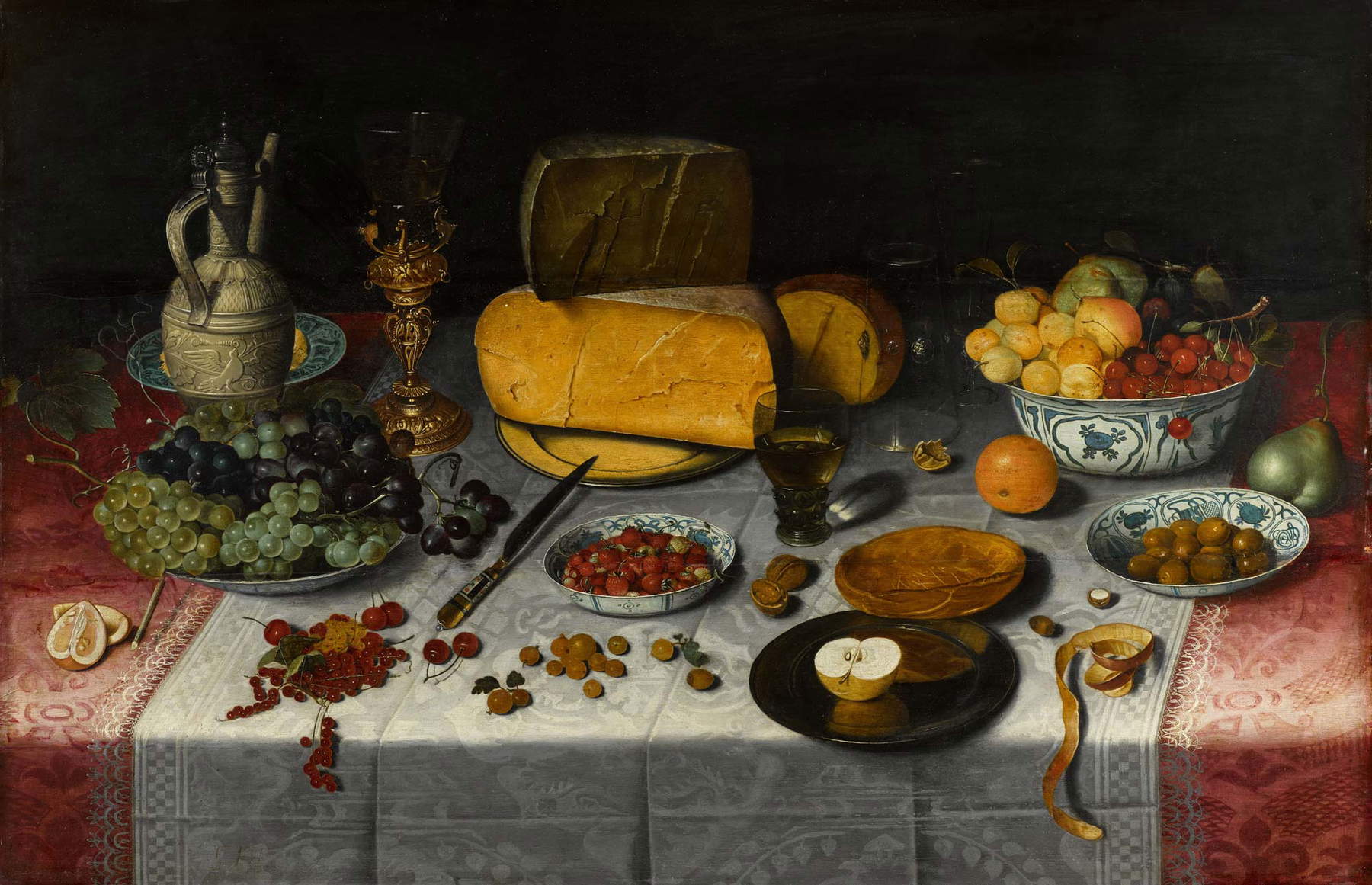
A veritable score embroidered on canvas is Still Life of Luxuries (600-800 thousand) by Floris van Dijck (Delft, 1575 - Haarlem, 1651), painted in Haarlem around 1615 and considered one of the finest Nature Morte paintings of the Dutch Golden Age. The Delft master was a pioneer of the genre, expanding the variety of subjects featured in the works. Damask tablecloths laden with fruits and cheeses, and saturated with vases, pitchers, plates and oriental porcelain overflowing with wild strawberries are laid on the laid tables. The multiplicity of objects multiplies and foments compositional possibilities, infuses depth and triggers solutions of perspective, proportion and refraction. The apple peel sliding down the table, the soul of it mirrored shiny and liquid on the plate that holds it. Few of van Dijck’s works have come down to us, even fewer available on the market. For the record: a painting similar to this one is held at the Rijksmuseum in Amsterdam, while another, also of the same size but with slightly different elements, fetched £1.3 million at Sotheby’s London in 2004.
With A Basket of Fruit With a Wanli Kraak Porcelain Dish (£200-300,000) by Balthasar van der Ast (Middelburg, 1593/4 - Delft, 1657) an animal makes its entrance. A parrot, to be precise. A content innovation that tells another story. That of the explosion of global trade, which featured the ports of the Netherlands during the 17th century. So exotic little beasts and plants from Central America, particularly Mexico and Guatemala, began to appear in still lifes. As well as from the Mediterranean. In Still life of a lemon, grapes, an apple and other fruits (60-80 thousand) by Peter Binoit (Cologne, 1590 - Hanau, 1632) grapes, olives, capers and hazelnuts materialize in the foreground, neatly arranged on a polished pewter tray. Similar discourse in the sister Still life(of lemons and pomegranates, estimate 50-70 thousand), also by the Cologne painter, in which a voluptuous pomegranate open in two peeps out, resting on a Caravaggio-like basket of lemons. This is an echo picked up by Jacob van Hulsdonck, whose metaphysical Still life with a bunch of grapes and a peeled lemon on a ledge (£60-80,000) on a slate gray ground, swirls a lemon curl off the table, an elegant emblem of grace and infinity.
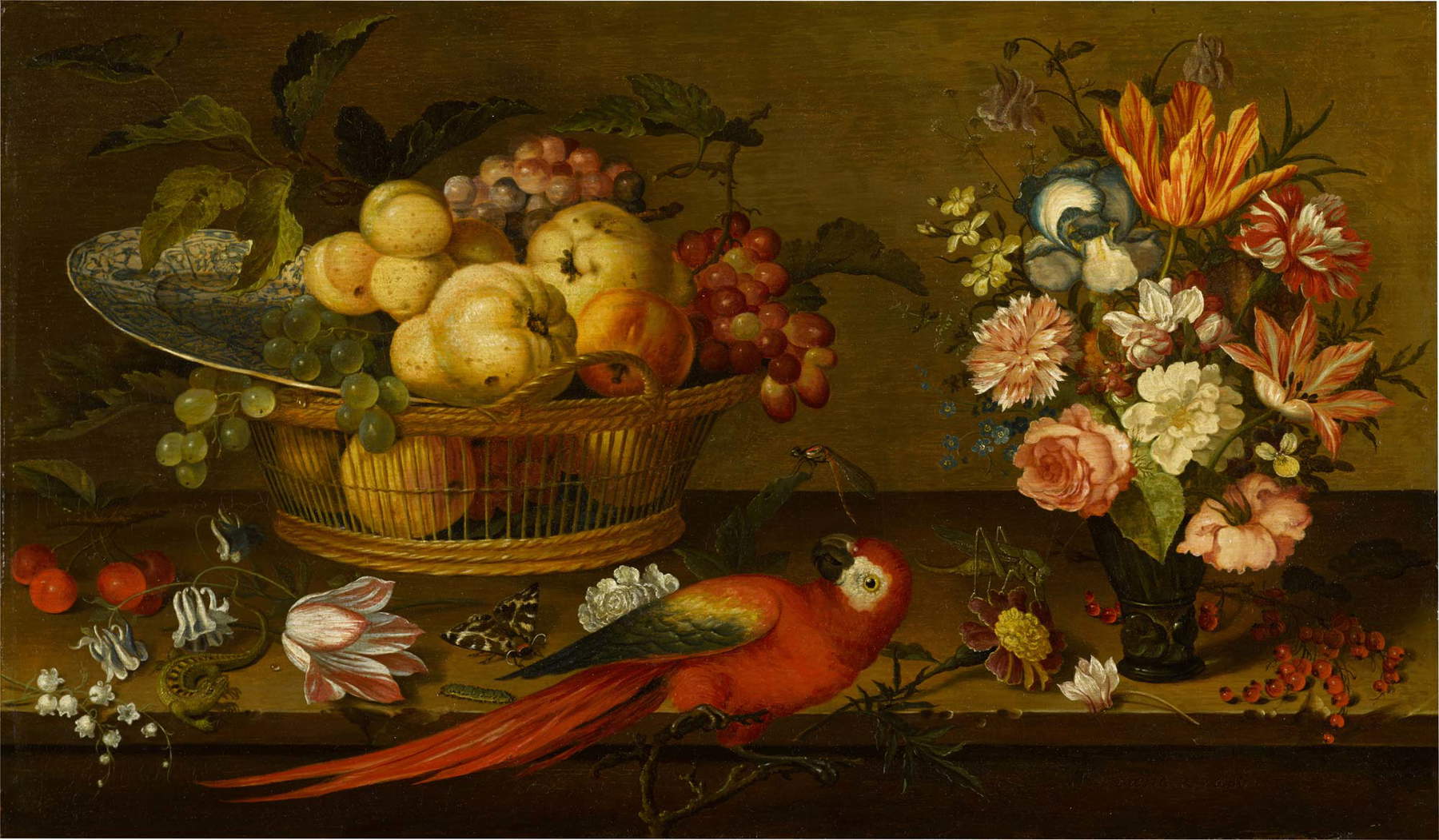
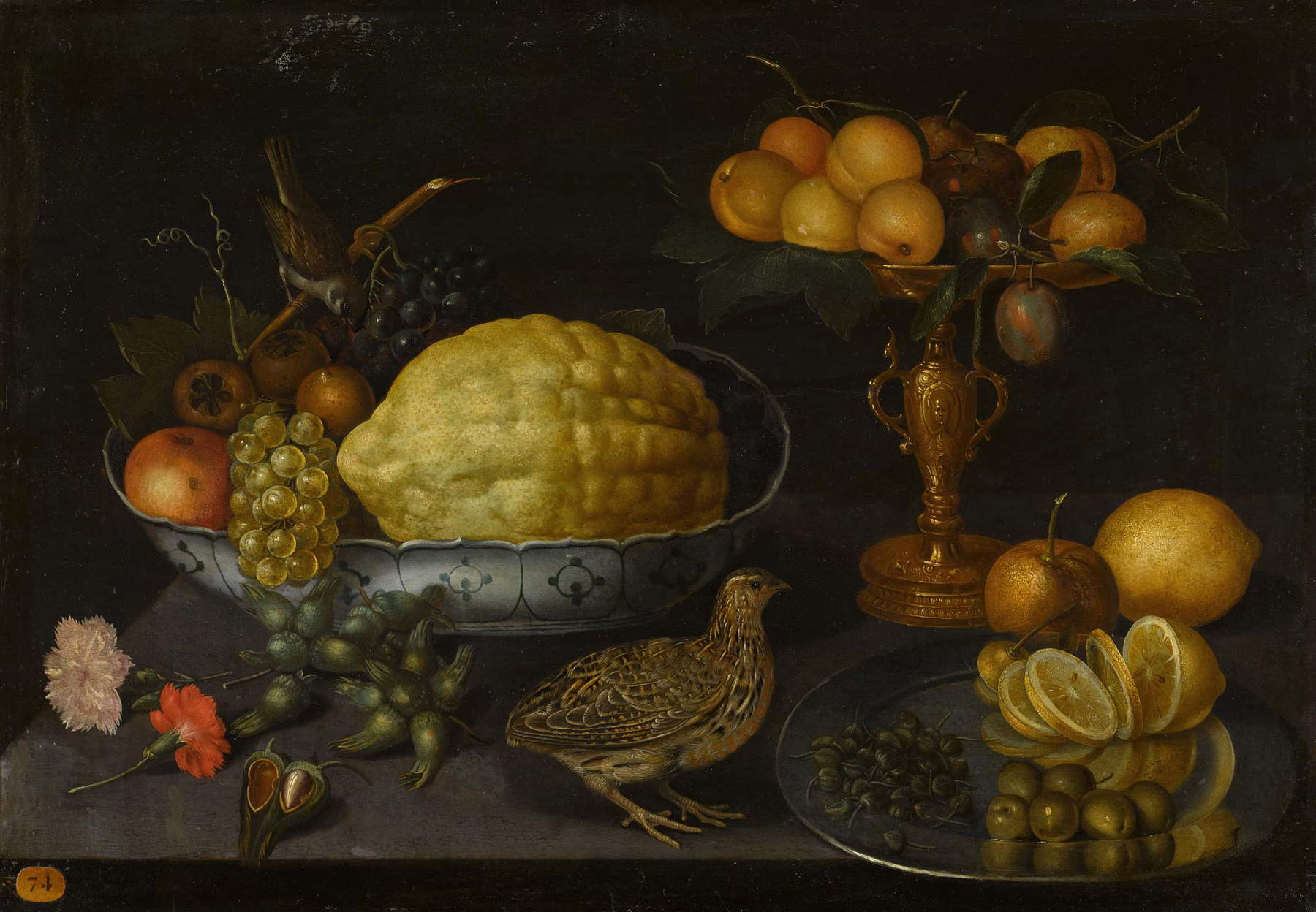
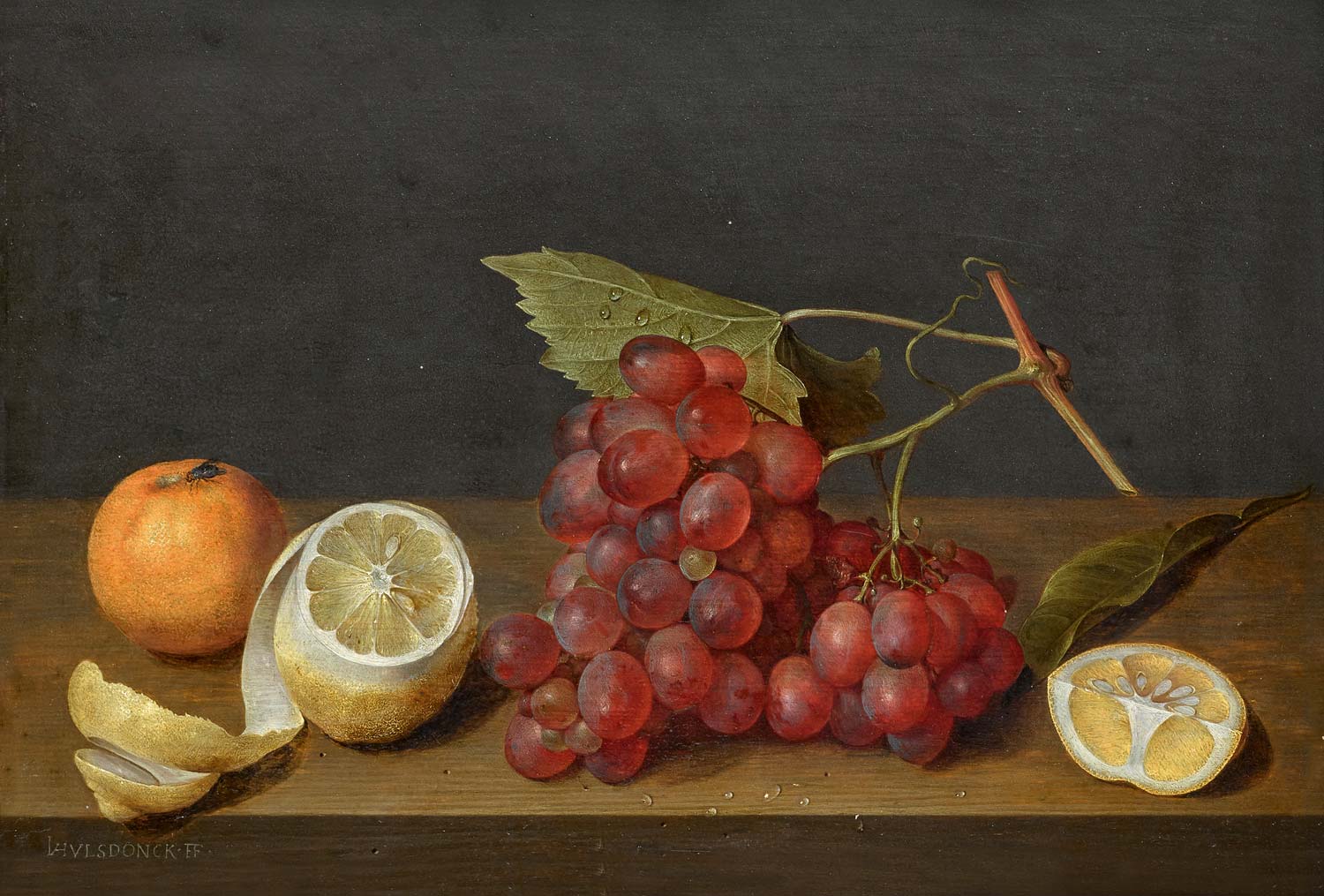
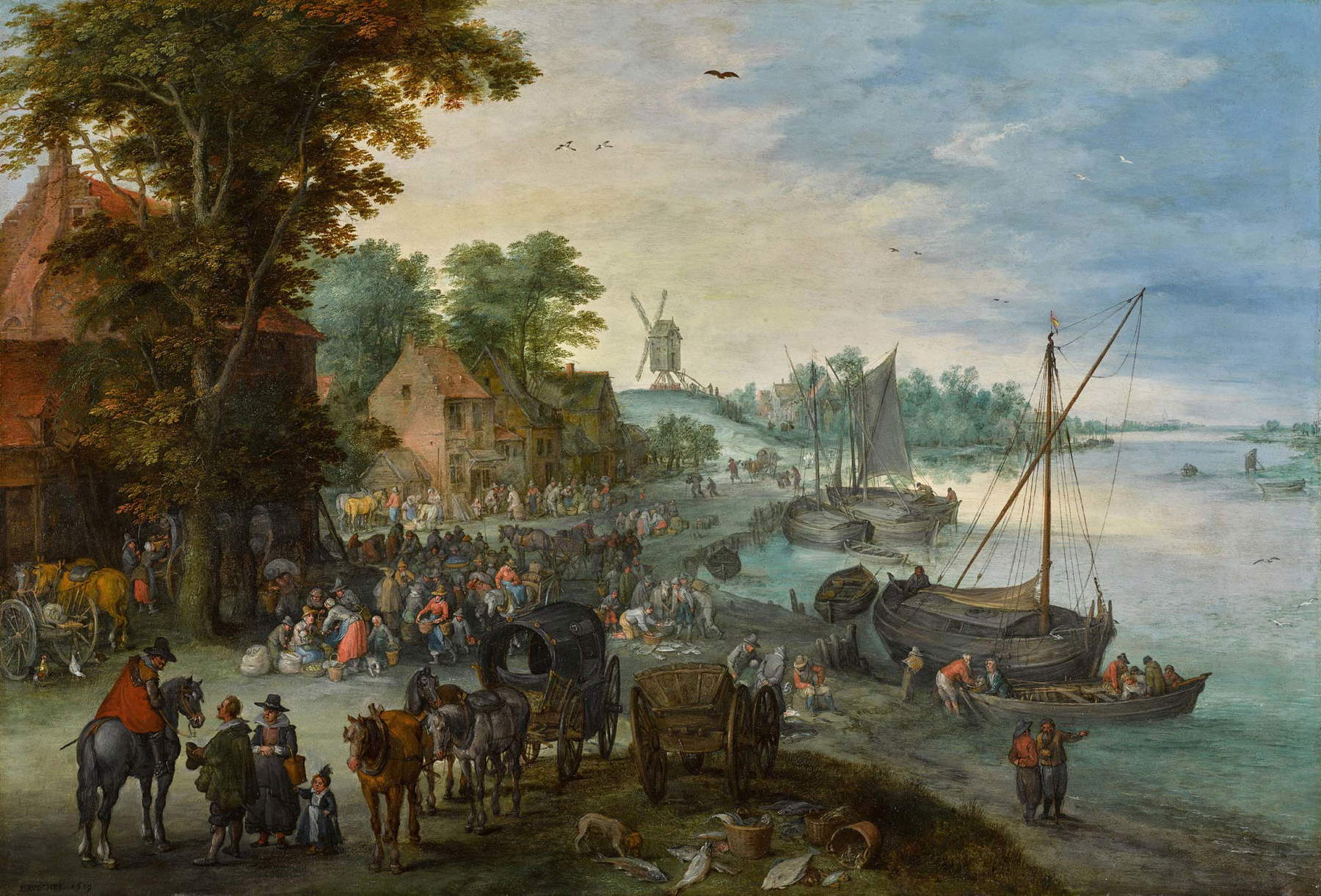
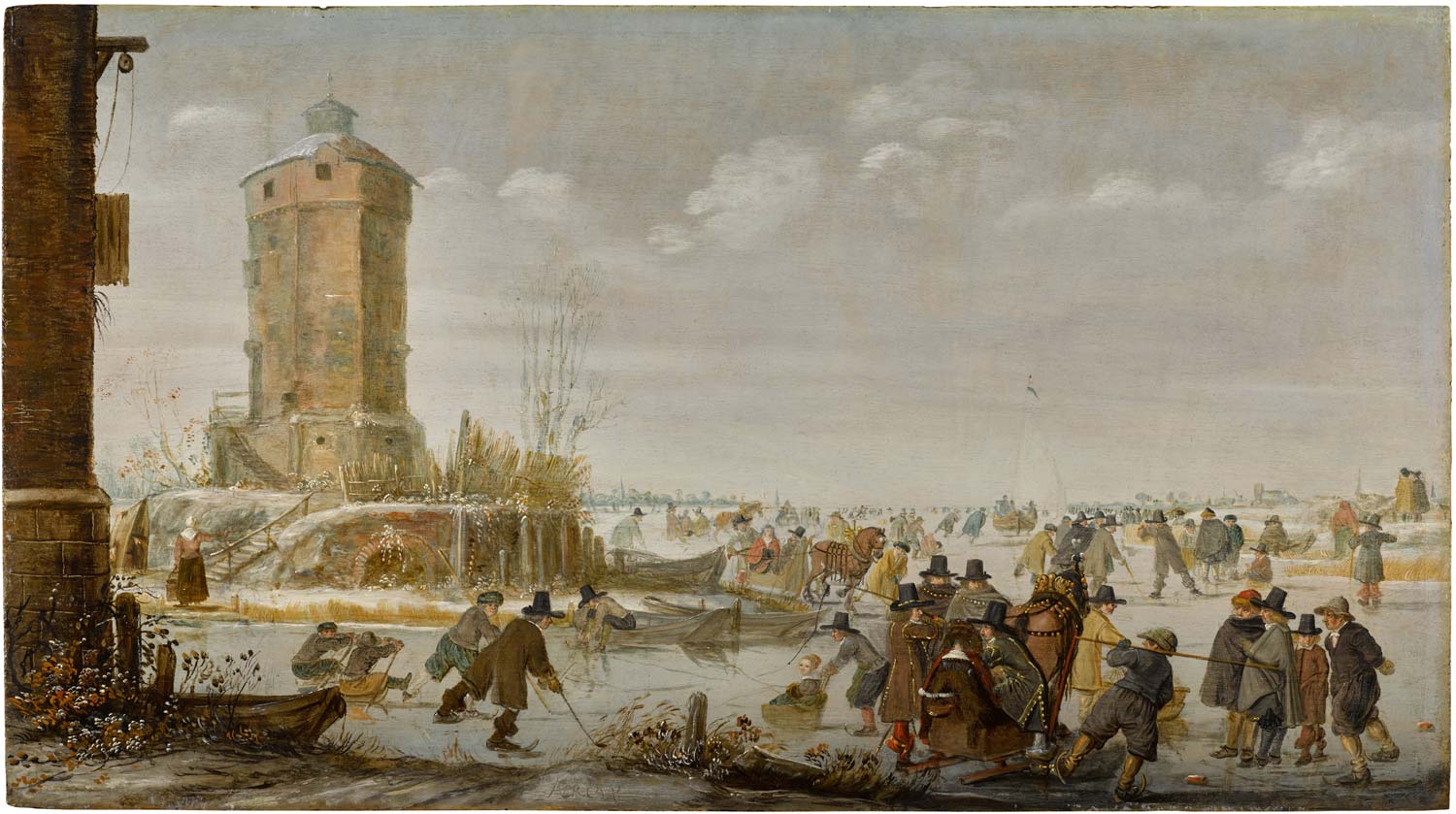
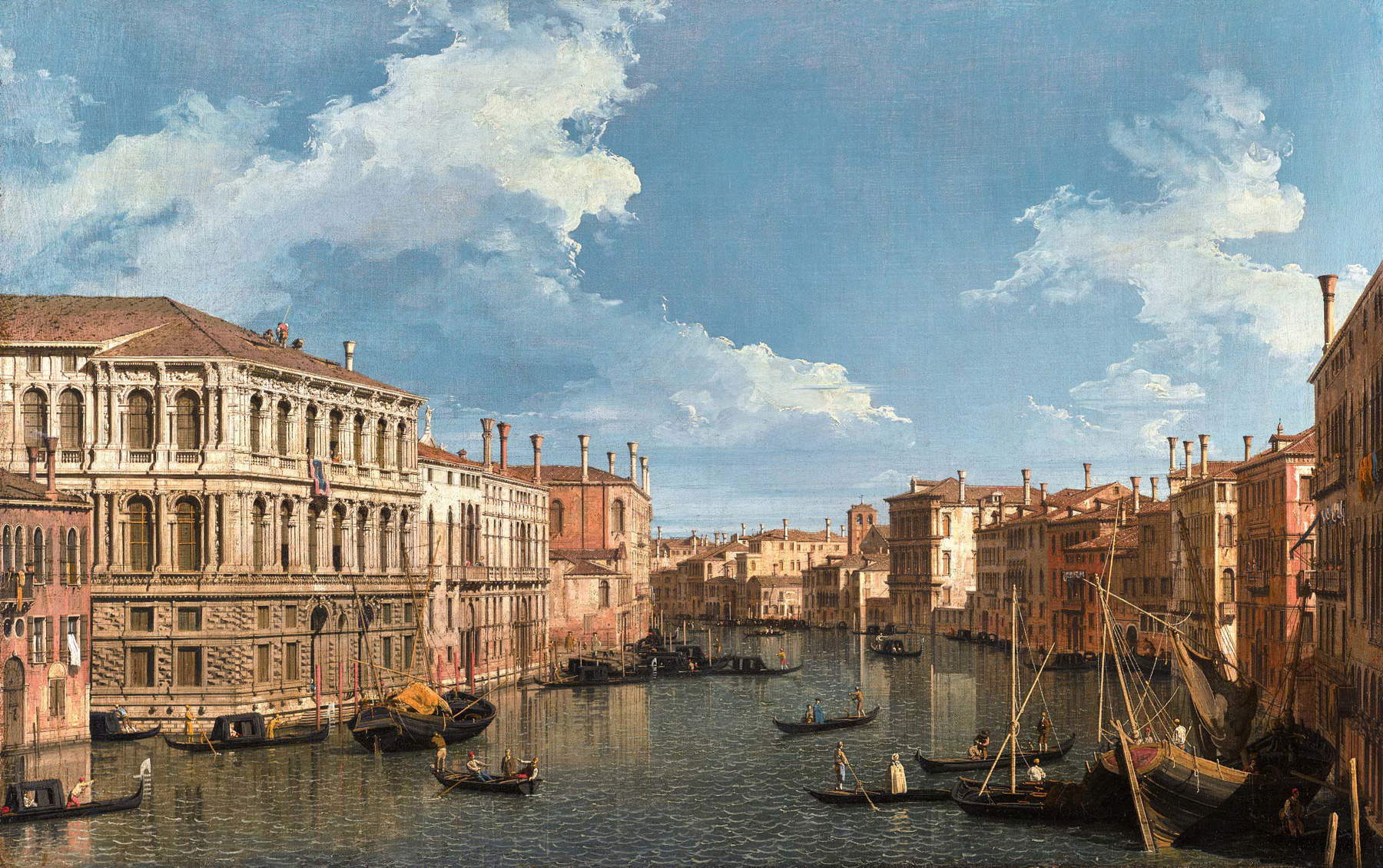
Still lifes are contemplative mechanisms, aesthetic gears that the artist assembles according to visual necessity. They are spaces of observation, staging calibrated to absorb the eye. Like a landscape. It is no accident that completing Grasset’s collection are a series of views. These include River Landscape with a Fish Market (£600-800,000) by Jan Brueghel the Elder (Brussels, 1568 - Antwerp, 1625), a harbor scene characterized by the comings and goings of merchants and traders, punctuated by the timing of a mill on the horizon that dilutes the vanishing point. But also quite different situations, such as Skaters, kolf players and elegant figures with horse-drawn sleighs on a frozen river by a tower (300-400 thousand) by Barent Avercamp (Kampen, 1612/13 - 1670), grandson of that Hendrick Avercamp famous for pioneering and crowded scenes of life in the snow. We are in winter: the river is frozen and people from all walks of life wander on skates, makeshift supports or almost noble horse-drawn sleighs in milky atmospheres. A fresco of twilight quotidianity.
But Grasset’s most important purchase comes to an end in the twilight of his collecting experience. An exceptional view of the Grand Canal in Venice by Canaletto (Venice, 1697 - 1768), estimated at £3-5 million (far from the top price at auction for our Venetian set in 2005 at 18.6 million). The painting dates from the 1730s. That is, the most prized period of the artist’s production. Here the complexion of light is shimmering and makes the buildings melt into the water, while reflecting the slow sway of the clouds in the sky: two doves of steam in the turquoise air. The work also boasts an absolute provenance, having been commissioned directly by Henry Grey, the first Duke of Kent, thus belonging to the British royal family. The view has appeared on the market only three times in as many centuries. Now Sotheby’s is poised to add a new chapter to the story of a collection that is also in part the story of Europe itself.
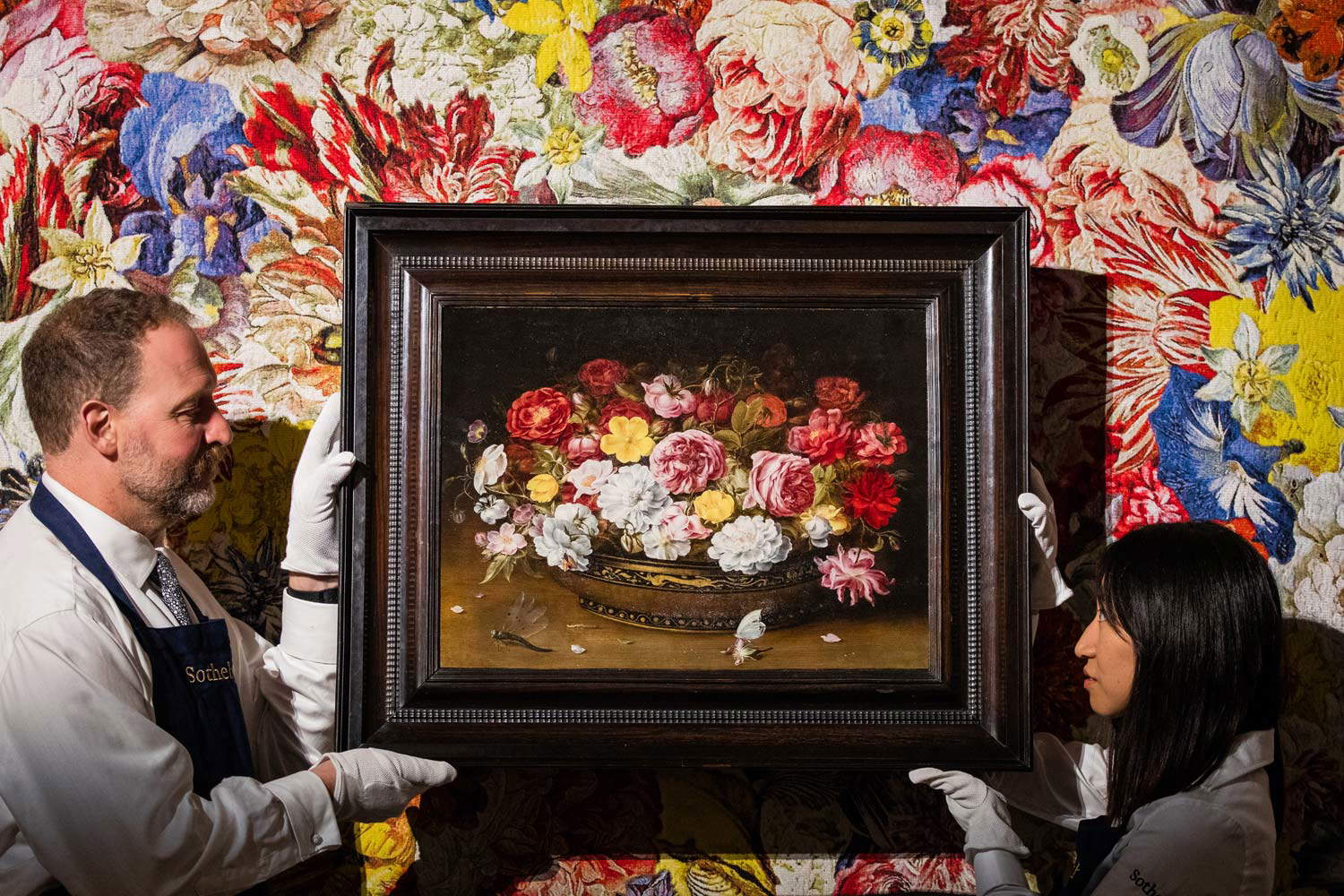
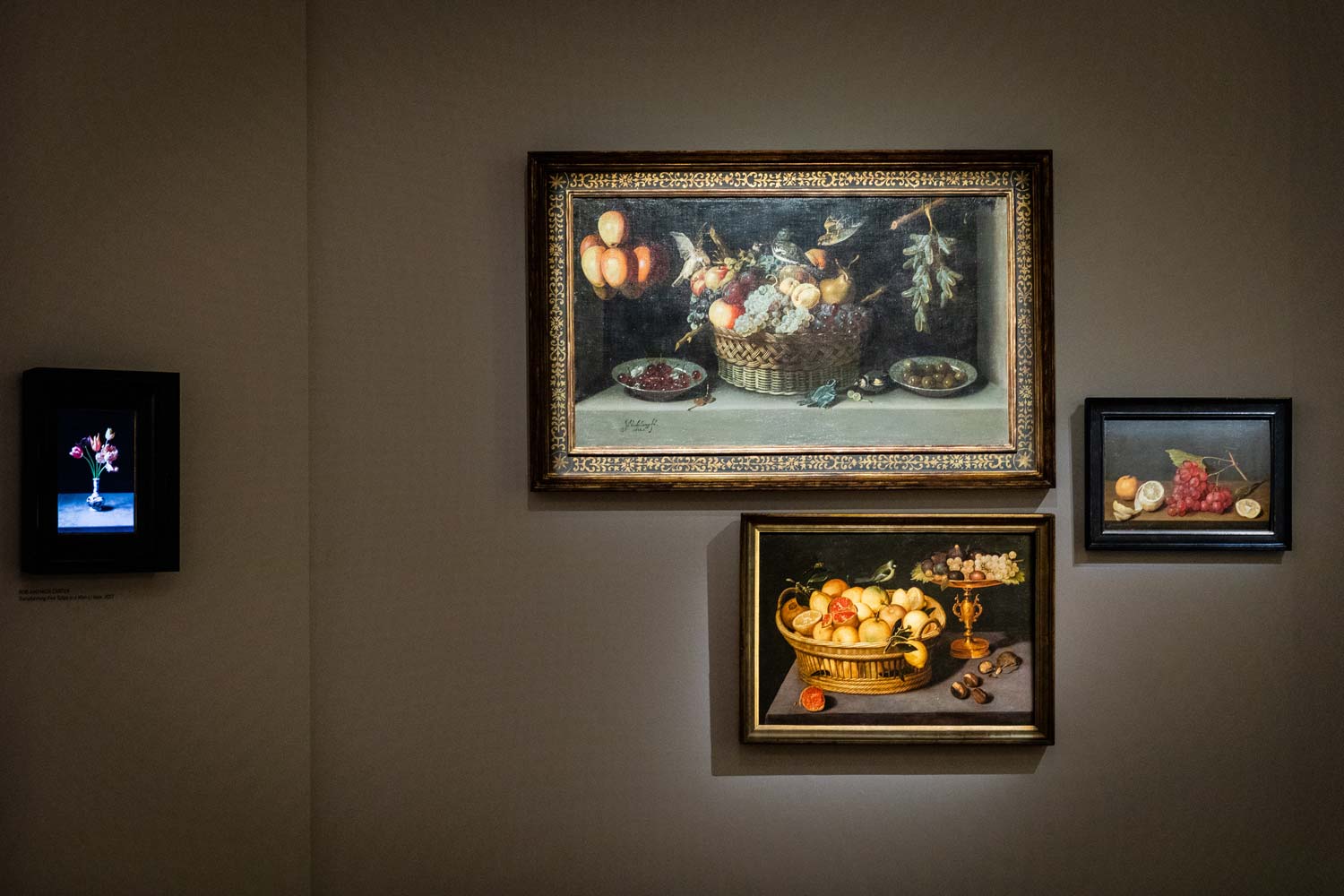 Works from the Grasset collection on
Works from the Grasset collection on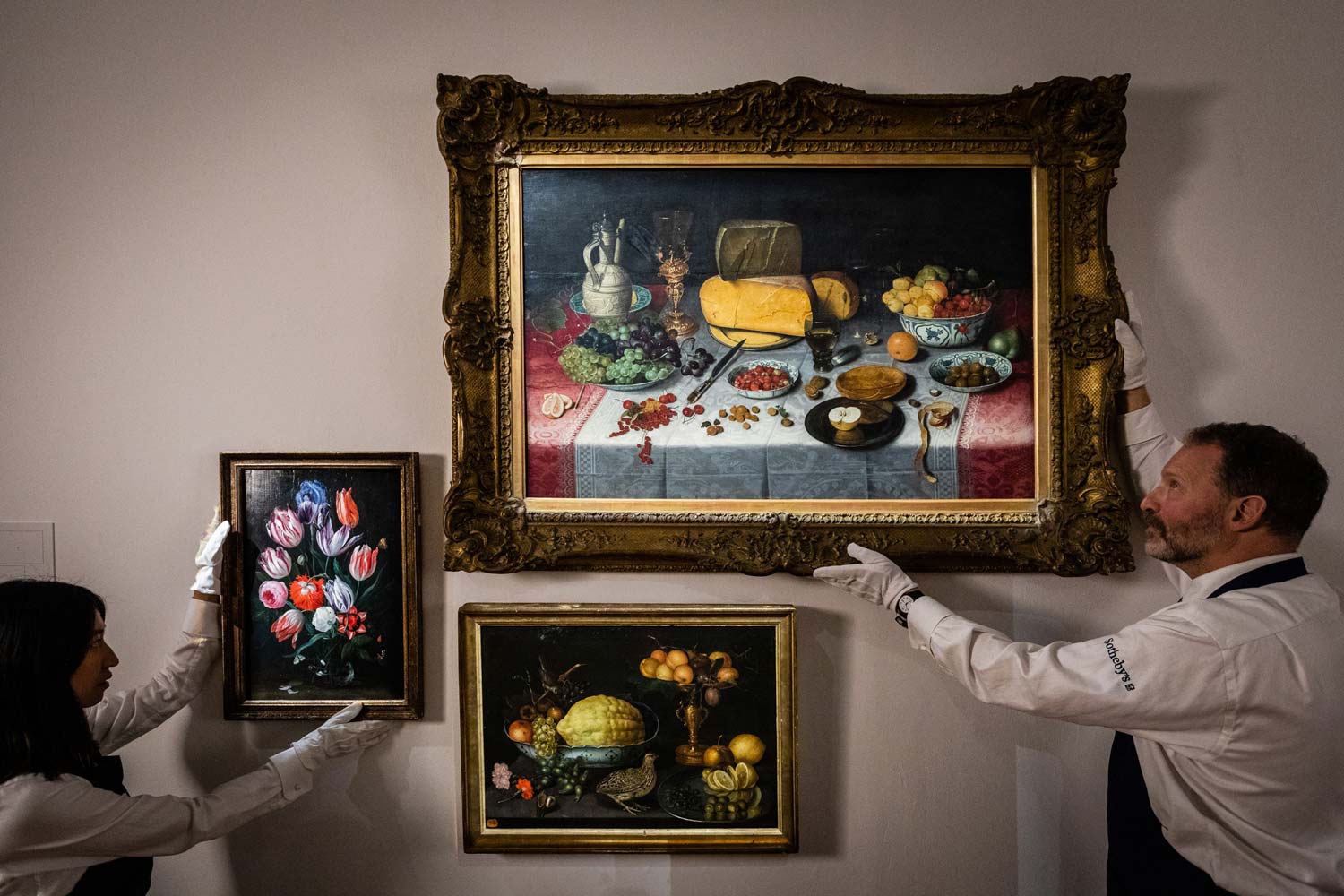 Works from the Grasset collection on display
Works from the Grasset collection on display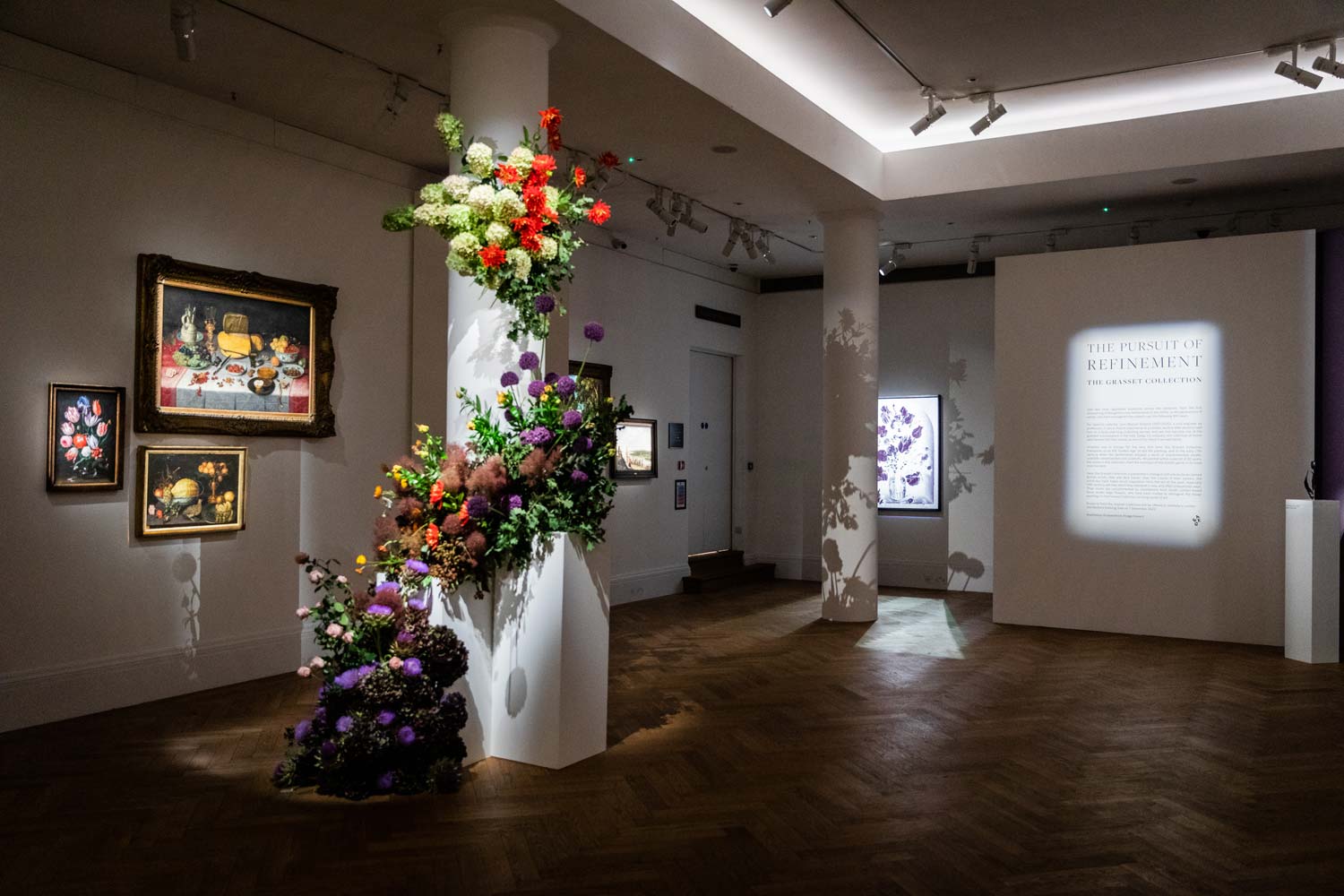 Works from the
Works from the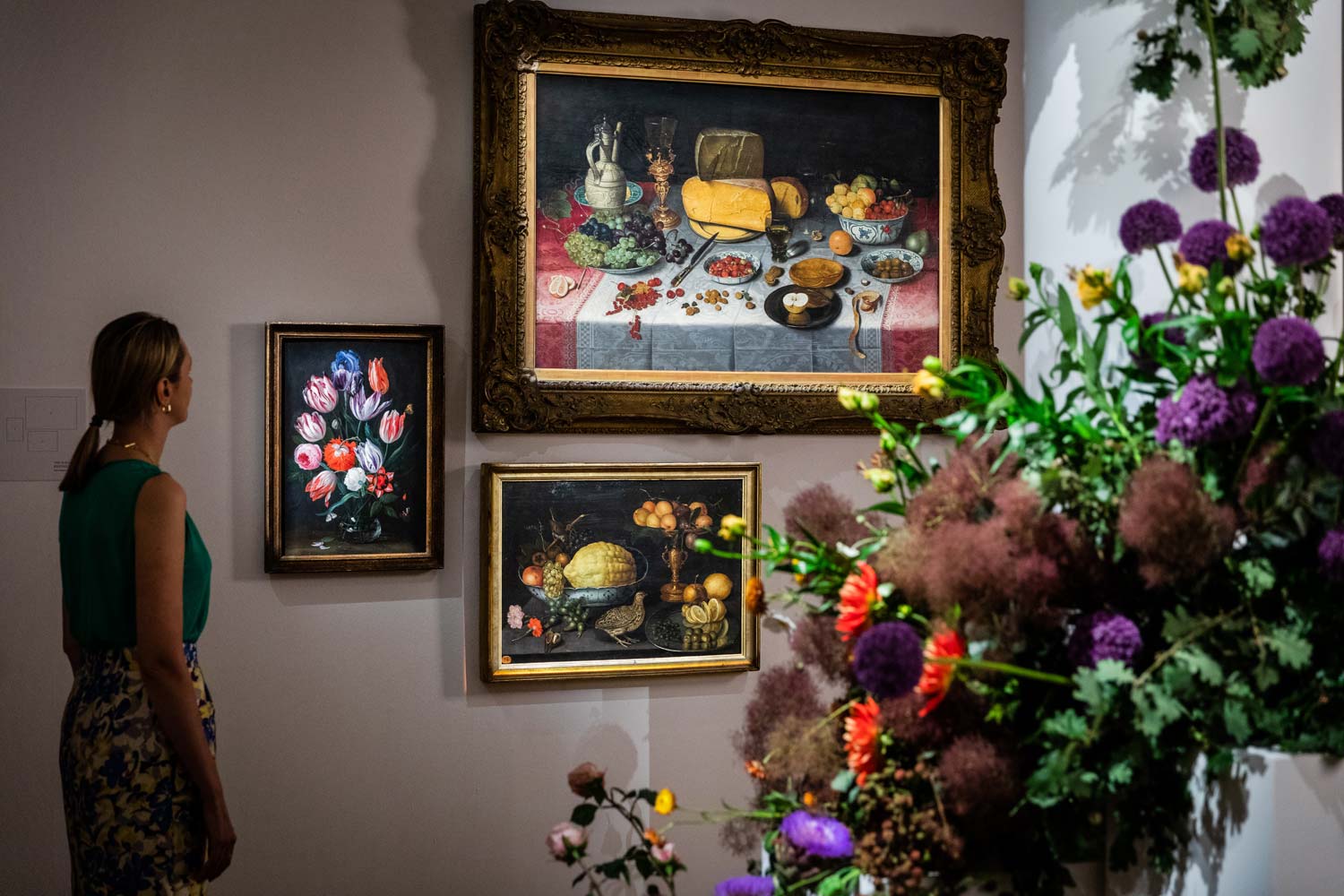 Works from the
Works from theWarning: the translation into English of the original Italian article was created using automatic tools. We undertake to review all articles, but we do not guarantee the total absence of inaccuracies in the translation due to the program. You can find the original by clicking on the ITA button. If you find any mistake,please contact us.




























